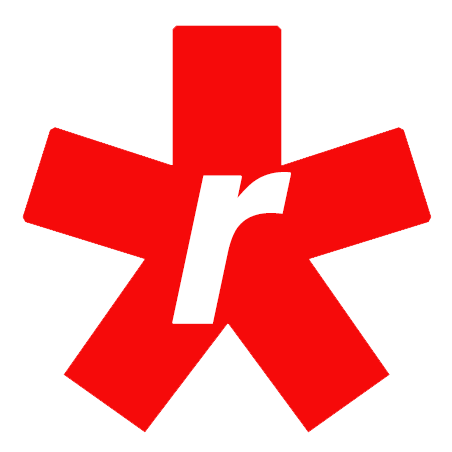
Photographing Modern Slavery
I have recently had the pleasure of assisting Gordon Miller in setting a Guinness World Record, spelling out the longest message via GPS drawing.
The message is “End modern slavery”, and during the two days I rode with him, writing out the ‘v’ and ‘e’ in slavery, we discussed ways of illustrating modern slavery that avoided out-dated, clichéd and unhelpful imagery.
So, guided by the advice in The Rights Lab’s guide “Photographing Modern Slavery” I thought I’d see what I had in my archive and how it held up to contemporary ideas on the subject.

Barista.
“The visual culture of today’s anti-slavery movement can be traced back to the very invention of photography in 1839. In the United States during the nineteenth century, when slavery was a powerful and controversial institution, photography was used as an advocacy tool by those who supported slavery as well as those who opposed it.

Construction ground-workers.
In the nineteenth century there was a preoccupation with “truth” and scientific accuracy, and the daguerreotype, as the first mode of photographic production, came to take on form in common lexicon - “it...became a common verb that meant telling the literal truth of things.” With regard to slavery, both sides of the conflict would utilise photography to advocate their own agendas.

Steel mill workers.
Abolitionists believed that photography would attest to the humanity of the slave and weaken the institution of slavery, whilst slaveholders simultaneously believed that it would support their claims that African Americans were subhuman and uphold slavery. In this way, the visual realm of photography became a battleground of ideological beliefs.”

Construction labourers working at height.
Text taken from Nottingham University’s Rights Lab publication, “Photographing Modern Slavery”.

Waiter.
If you are an individual, NGO or business who would like to work with me to make best practice-led images of the modern workplace, drop me a line or give me a call and we can discuss your requirements.
